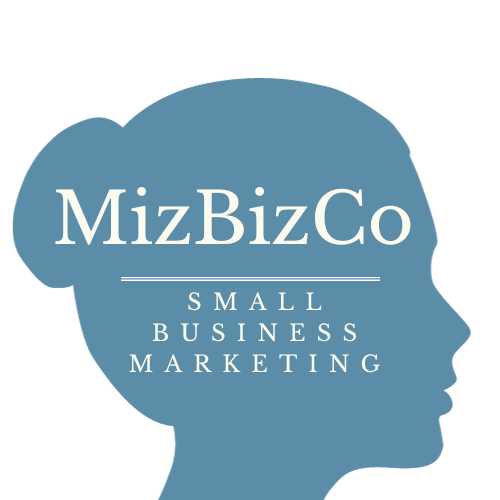How Do I Research Hashtags for My Market?
If you're a small business owner navigating the digital marketing landscape, you've probably heard a lot about the importance of hashtags. They're like the secret sauce that can help your content reach a wider audience on social media. But, you might be wondering, "How do I research hashtags for my market?" Well, you're in the right place! In this blog post, we'll break down the art of hashtag research, and by the end of it, you'll be hashtag-savvy and ready to boost your online presence.
Understand Your Target Audience
Before you dive headfirst into the hashtag game, you need to know who you're trying to reach. Who are your ideal customers? What are their interests, pain points, and preferences? Understanding your target audience is the first step in effective hashtag research.
For instance, if you run a cozy cafe, your audience might include coffee lovers, students, and remote workers. Knowing this, you can start brainstorming hashtags that resonate with these groups, such as #CoffeeAddict, #StudentLife, or #WorkFromCafe.
Spy on Your Competitors
In the world of digital marketing, it's perfectly acceptable to be a little nosy. Your competitors can provide valuable insights into which hashtags are working in your industry. Take a look at their social media profiles and note the hashtags they use frequently.
But remember, the goal isn't to copycat. It's about gathering inspiration and identifying trends. If you notice your competitors consistently use #CaffeineFix and #MorningMotivation, it's a clue that these hashtags might be worth exploring for your own posts.
Leverage Hashtag Tools
Researching hashtags manually can be time-consuming, so why not let technology lend a hand? There are plenty of hashtag research tools available that can simplify the process. Some popular options include:
Hashtagify: This tool allows you to search for a hashtag and see related tags, popularity trends, and influencers using it.
RiteTag: RiteTag analyzes hashtags in real-time and suggests the best ones to use based on their current popularity and engagement levels.
Keyhole: Keyhole provides in-depth analytics on hashtags, showing you their reach, engagement, and top posts.
Using these tools, you can uncover hashtags that are relevant to your market and have the potential to reach a broader audience.
Mix Popular and Niche Hashtags
When selecting hashtags for your posts, aim for a mix of popular and niche tags. Popular hashtags like #CoffeeLover or #SmallBusinessSaturday have a broader reach, but they also face heavy competition. Niche hashtags like #LatteArtCreations or #LocalCafeSpecials may have fewer users, but they can connect you with a highly engaged and targeted audience.
By combining both types of hashtags, you can maximize your content's exposure while still reaching the right people.
Keep an Eye on Trending Topics
Trending hashtags can be a goldmine for engagement and visibility. Platforms like Twitter often display trending topics related to current events, holidays, and pop culture. If any of these topics are relevant to your business, don't hesitate to jump on the bandwagon.
For example, if you run a bakery and it's National Cookie Day, using #NationalCookieDay in your posts can help you join a broader conversation and increase your post's visibility.
Create Branded Hashtags
Branded hashtags are a fantastic way to build your brand identity and engage with your audience. These are unique hashtags that are specific to your business. They can be used in your posts, contests, or campaigns.
For instance, if your coffee shop is called "BrewHeaven," you could create a branded hashtag like #BrewHeavenMornings. Encourage your customers to use this hashtag when sharing their coffee experiences at your cafe. It not only fosters a sense of community but also helps you track user-generated content related to your brand.
Monitor Your Hashtag Performance
Once you've implemented your hashtag strategy, don't forget to monitor how well they're performing. Social media analytics can provide insights into which hashtags are driving the most engagement, clicks, and conversions.
Use these insights to fine-tune your hashtag strategy over time. If you find that certain hashtags consistently perform well, keep using them. If others aren't delivering the results you want, consider replacing them with different ones.
In conclusion, researching hashtags for your market doesn't have to be a daunting task. By understanding your audience, observing competitors, using hashtag tools, mixing popular and niche tags, tapping into trending topics, creating branded hashtags, and monitoring performance, you can elevate your social media game and connect with your target audience effectively.
So, go ahead, dive into the world of hashtags, and watch your small business's online presence flourish. Happy hashtagging!


